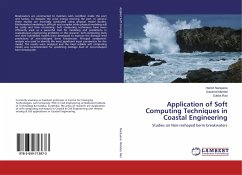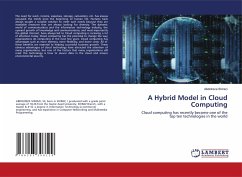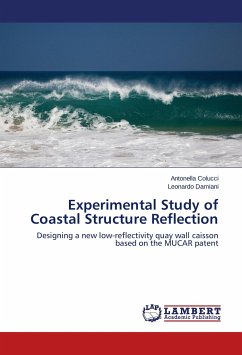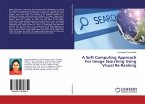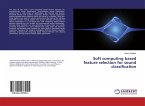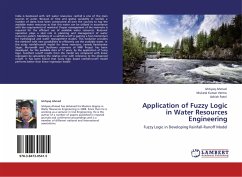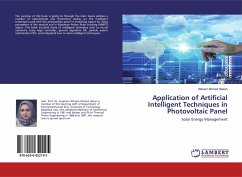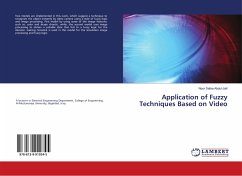Breakwaters are constructed to maintain calm condition inside the port and harbor, to dissipate the wave energy entering the port. In general these studies are invariably conducted using physical model studies. Mathematical modeling is difficult and complex while physical modeling will be costly and time consuming. Soft computing techniques have been efficiently used as a powerful tool for modeling and predictions in coastal/ocean engineering problems. In this research, Soft computing tools and their hybridized models were developed to improve the damage level predictions of non-reshaped berm breakwater. Principal component analysis was used to identify the most significant input parameters for the model. The results were analyzed and the most reliable soft computing model was recommended for predicting damage level of non-reshaped berm breakwater
Bitte wählen Sie Ihr Anliegen aus.
Rechnungen
Retourenschein anfordern
Bestellstatus
Storno

